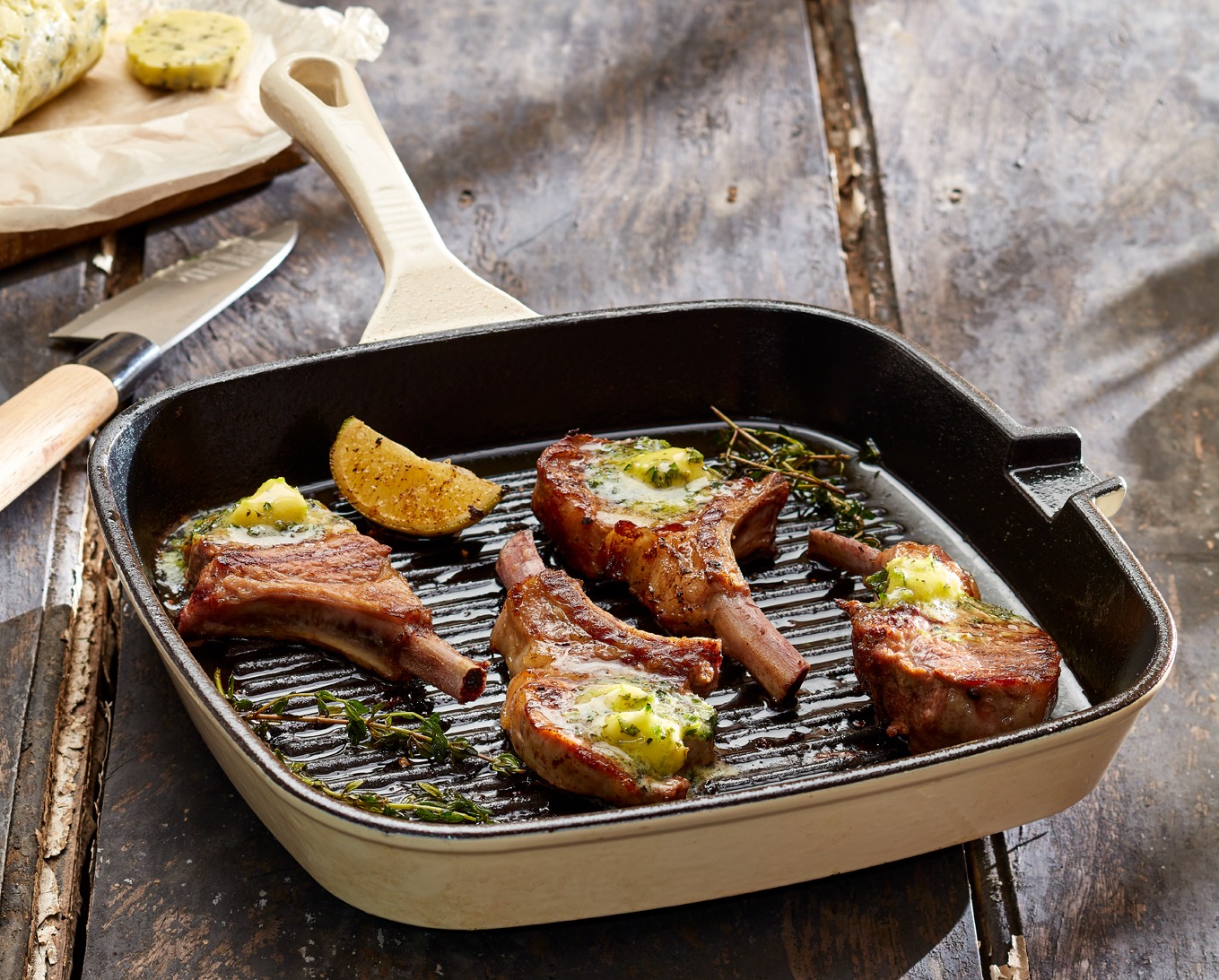Top marks for grass-fed lamb
Traditional strengths of Welsh Lamb pasture-based production helps drive tasting quality.
The latest results from the Welsh Lamb Meat Quality Project, a five-year programme of scientific analysis and consumer taste panel testing, has shown that PGI Welsh Lamb is hitting the mark in terms of both its nutritional content and its tenderness.
The EU- and Welsh Government-funded project aims to keep Welsh Lamb at the top of the worldwide game by investigating what on-farm and processing factors influence the eating quality of lamb.
The latest results show that Welsh Lamb fed on grass and brassicas has particularly high levels of beneficial Omega-3 nutrients. Animals reared on grass, and on roots and brassicas, produced meat which had levels of 124mg of Omega-3 per 100gm, compared to average concentrate-fed lamb of 89mg.
Meanwhile scientific analysis of tenderness, carried out using the industry-recognised ‘shear-force' method using specialist equipment, showed that all Welsh Lamb compared well to industry benchmarks. But lamb produced during the height of the production season in Wales – represented in samples taken in August and November – yielded exceptionally tender meat.
Project leader Dr Eleri Thomas said: "Our project combines the views of nearly 2,000 consumers, measured during blind taste tests, with independent scientific analysis of samples of Welsh Lamb, to assess how we can ensure that we continue to lead the world in product quality and consistency.
"These latest findings help add to the picture which is showing that a number of the traditional strengths of the Welsh sheep sector such as pasture-based production are helping to drive the quality of the end product."
As part of the meat eating quality panels carried out with consumers, nearly 15,000 meat samples were tasted across the UK, with the five-year project investigating any on-farm factors that could affect the tasting quality of Welsh Lamb. These include breed type; lamb gender; muscle cut; lamb finishing diet; daily liveweight gain and seasonality.
The detailed analysis of processing factors that could affect the taste included the meat ageing period, the carcase hanging methods and the way the meat is packaged. Results researching any potential impact of meat quality taste on the lambs' finishing diet and carcass ageing showed that more than 80% of the consumers rated the meat quality highly.
As the ageing period of the meat increased, the results showed a consistent and significant increase in all consumer score traits. Interestingly, the eating quality was affected by the meat cut, which showed the loin was preferred by the taster panels over topside.
Dr Eleri Thomas concluded: "We look forward to releasing more of the consumer findings over the next few months."
HCC's Welsh Lamb Meat Quality project is one of three five-year projects in the Red Meat Development Programme funded by the Welsh Government Rural Communities – Rural Development Programme 2014-2020, through the European Agricultural Fund for Rural Development and the Welsh Government.







